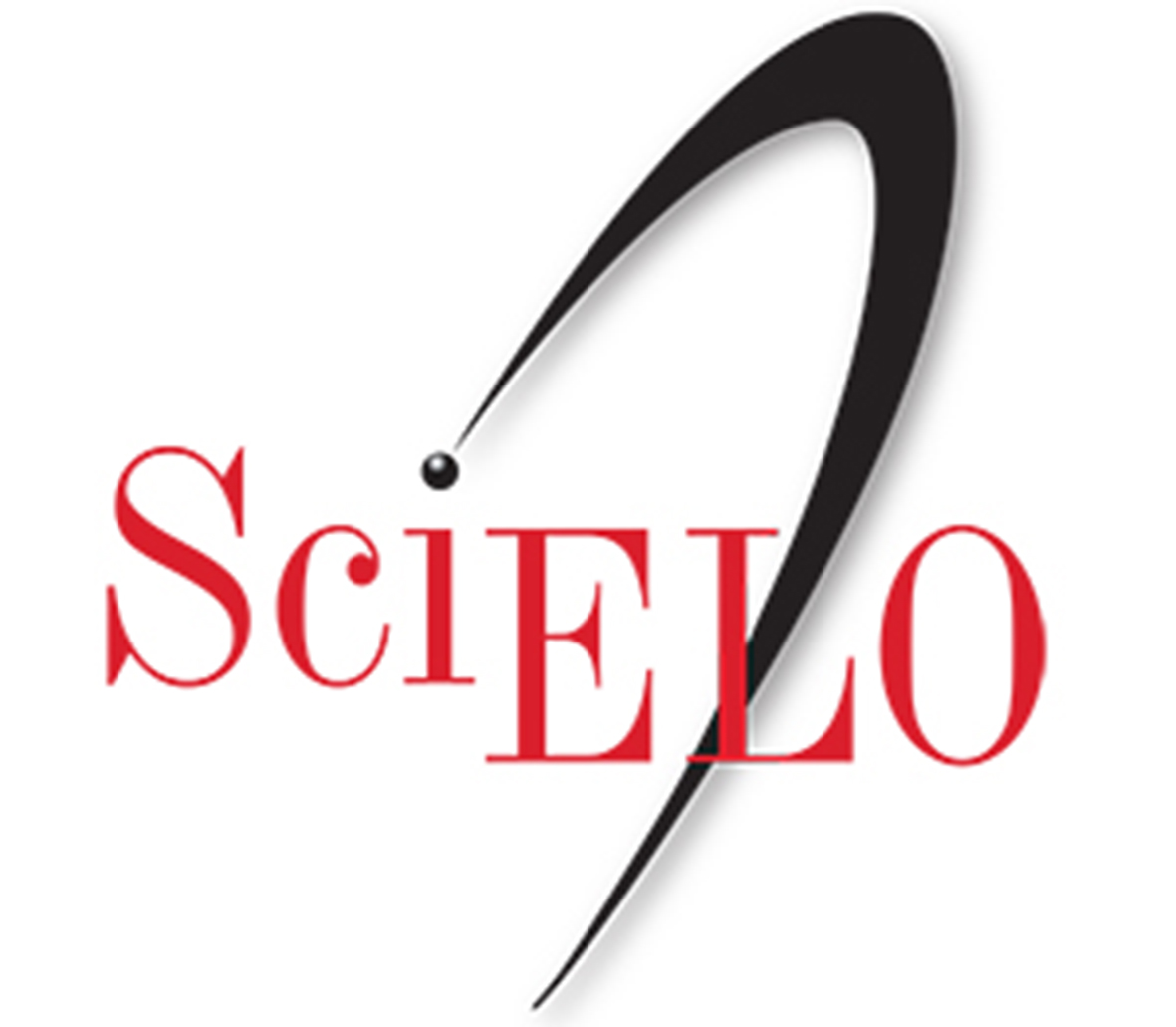A COMPREENSÃO DA PAISAGEM DO ALTO CAMAQUÃ:debate ambiental sobre o Bioma Pampa (the understanding of the landscape of the Alto Camaquã: environmental debate of the Pampa Biome)
Abstract
O presente artigo aborda a configuração da paisagem da sub-bacia do Alto Camaquã/RS, bem como a evolução de determinados elementos naturais e histórico-culturais que tornaram esta uma das mais belas e intrigantes paisagens que compõem o território gaúcho e o denominado Bioma Pampa. Este recorte de estudo foi determinado em função de sua importância para a conservação e proteção deste bioma brasileiro ameaçado pela introdução de formas de “desenvolvimento exógeno” atualmente adotadas e que não estão de acordo com as particularidades socioeconômicas, culturais e ambientais da região. Neste sentido, o trabalho busca discutir as particularidades existentes e o condicionamento que os elementos naturais desta paisagem representam para o processo de apropriação e ordenamento territorial do Pampa.Palavras-chave: Paisagem, Bioma Pampa, Alto Camaquã.
ABSTRACT
This article discusses the landscape configuration of the sub-basin of Alto Camaquã/RS, as well as the evolution of certain natural and historical-cultural elements that made this one of the most beautiful and intriguing landscapes that make up the gaucho’s territory and the denominated Pampa Biome. The delimitation of the study was determined according to its importance for the conservation and protection of Brazilian biome, threatened by the introduction of “exogenous development” forms currently adopted and which are not according to the socioeconomics, cultural and environmental particularities of the region. In this sense, the central objective of the paper is to discuss the particularities and the conditioning that the natural elements of this landscape represent to the process of ownership and management of land in the Pampa Biome.
Key words: Landscape, Pampa Biome, Alto Camaquã.
RESUMEN
El presente articulo trata de la configuración del paisaje de la subcuenca del Alto Camaquã/RS, bien como la evolución de determinados elementos naturales y la historia de las culturas que tornaran esta una de las más bellas e intrigantes paisajes que componen el territorio gaucho y el denominado Bioma Pampa. Este recorte de estudio fue determinado en función de su importancia para la conservación y protección de este bioma brasilero amenazado por la introducción de formas de “desarrollo exógeno” actualmente aprobadas y que no están de acuerdo con las particularidades socioeconómicas, culturales y ambientales de la región. En este sentido, el documento analiza las particularidades existentes y condicionamiento que los elementos naturales de este paisaje representan para el proceso de propiedad y planificación territorial del Pampa.
Palabras clave: Paisaje, Bioma Pampa, Alto Camaquã.
DOI: 10.4215/RM2011.1023.0011
Published
21/11/2011
How to Cite
FIGUEIRÓ, Adriano Severo et al.
A COMPREENSÃO DA PAISAGEM DO ALTO CAMAQUÃ:debate ambiental sobre o Bioma Pampa (the understanding of the landscape of the Alto Camaquã: environmental debate of the Pampa Biome).
Mercator, Fortaleza, v. 10, n. 23, p. 147 a 158, nov. 2011.
ISSN 1984-2201.
Available at: <http://www.mercator.ufc.br/mercator/article/view/517>. Date accessed: 30 dec. 2025.
Section
ARTICLES
Keywords
Paisagem, Bioma Pampa, Alto Camaquã.
Authors who publish in this journal agree to the following terms:
- Authors retain the copyright and grant MERCATOR the right of first publication, with the work simultaneously licensed under the Creative Commons Attribution License, which allows the sharing of the work with recognition of the authorship of the work and initial publication in this journal.
- Authors are authorized to sign additional contracts separately, for non-exclusive distribution of the version of the work published in this journal (e.g., publish in an institutional repository or as a book chapter), with acknowledgment of authorship and initial publication in this journal.
- Authors are allowed and encouraged to publish and distribute their work online (e.g., in institutional repositories or on their personal page) at any point before or during the editorial process, as this can generate productive changes as well as increase the impact and citation of the published work (see The Effect of Free Access).
- Authors are responsible for the content of the manuscript published in the journal.






